The work in good condition is done in oil on canvas, it is offered in an elegant modern frame, American box type composition forming a chest under glass which measures 85 cm by 62 cm and 73 cm by 50 cm for the canvas alone.
It represents red rocks by the sea, certainly in the Var, near Bandol or the Brusc because we can see in the background the emblematic Rocher du Bec de l'Aigle of La Ciotat.
A powerful and modern work by a talented artist who died too young and does not have the notoriety he deserves.
The work is signed lower right.
Born in Marseille on January 8, 1880, he spent his entire childhood there and was a student of Théodore Jourdan before coming to Paris where he remained a student of Jean-Léon Gérôme for a while in 1898, but quickly moved away because he found his painting too classical or even "old-fashioned".
He frequented the Montmartre district and met many painters there, including Steinlen who painted his portrait.
He was particularly fond of the landscapes of his native Provence, to which he devoted most of his work. A contemporary of Louis-Mathieu Verdilhan and Albert Marquet, we find the same modernity in Jean Roque's painting. He liked to highlight the energy of simple moments through the purity of his forms, highlighted by the density of the material and colors. His work was also inspired by Paul Cézanne and Monticelli in the treatment of light 1. He also received Republican travel grants.
In 1911, he met the art historian Léon Rosenthal, who devoted an article to him in volume 13 of Armand Dayot's journal L'Art et les Artistes. Léon Rosenthal particularly appreciated Jean Roque's sincere interest in life, far from any vain formal research. During the interdisciplinary study day in Dijon on September 22, 2011, Anne-Sophie Aguilar emphasized that Léon Rosenthal's article fit harmoniously into the journal, which defended a wise realism in artistic matters, attached to the land, far from avant-garde concerns. That same year, on the occasion of the third quinquennial exhibition of the Prix et du Salon des Boursiers du Voyage, Jean Roque's style was described as "bold to the point of brutality" in volume 14 of the journal L'Art et les Artistes.
The Return (black and white photo)
In 1913, he exhibited his painting The Return at the Salon des Artistes Français, which earned him a gold medal.
He exhibited "Still Life, Marine, Interior" at the Salon des Indépendants in 1923, and "Landscape, at Jouques, Still Life" in 1924.
He was influenced by Géricault, the Impressionists, Cézanne and Monticelli.
He worked mainly in oil painting. In his compositions, generally large formats, we find an impetuosity that spreads in massive touches of a generous paste. He used canvas and cardboard as supports at the beginning of his career before turning - always with a concern for modernity - to wooden panels that would appear around 1920. In 1924, he was official painter of the Navy alongside E. Barbaroux, J. R. Carrière, Paul Levéré, M. Moisset, René Quillivic, G. Rollin de Vertury, A. Theunissen, P. Leconte. He died on December 6, 1925 in Marseille, his hometown. He is buried there in the Saint Pierre cemetery. The city of Marseille paid tribute to Jean Roque by naming a street leading to the Palais des Arts after him. He also gave his name to a prize from the Academy of Sciences, Letters & Arts of Marseille. He was made a Knight of the Legion of Honor in 1924.
A few museums preserve his works:
Marseille Museum of Fine Arts "Boats and fishermen"
Nice "Horses at the watering hole"
Saint Nazaire "Wrack carriers"
The Academy of Marseille owns part of his Studio Fund.



























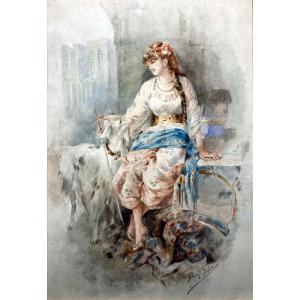



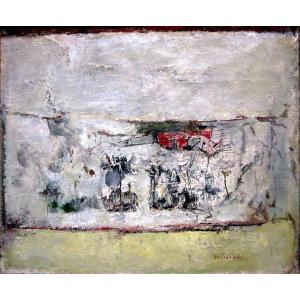
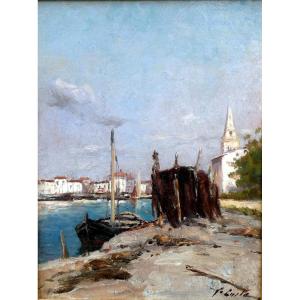

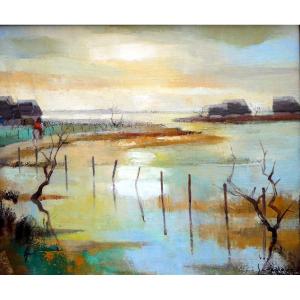
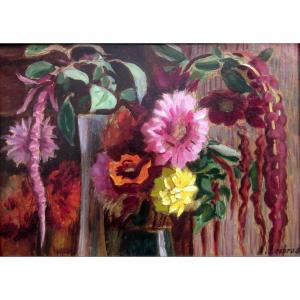
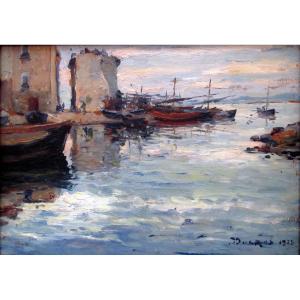




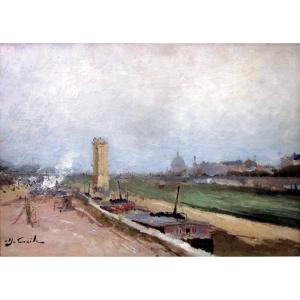
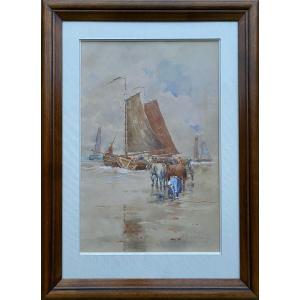



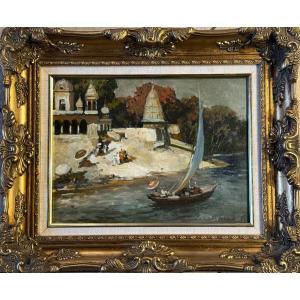



 Le Magazine de PROANTIC
Le Magazine de PROANTIC TRÉSORS Magazine
TRÉSORS Magazine Rivista Artiquariato
Rivista Artiquariato